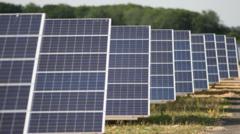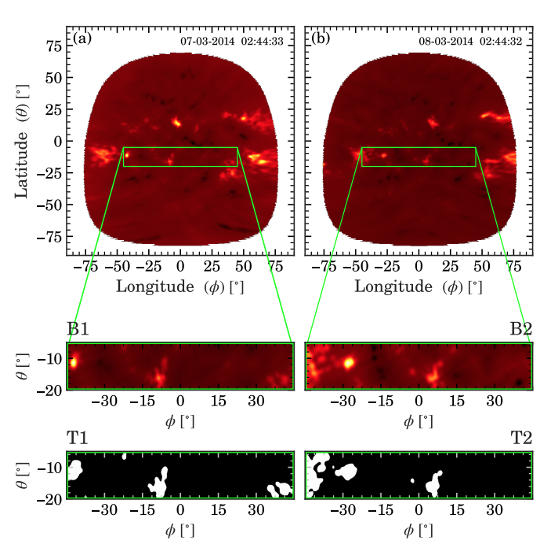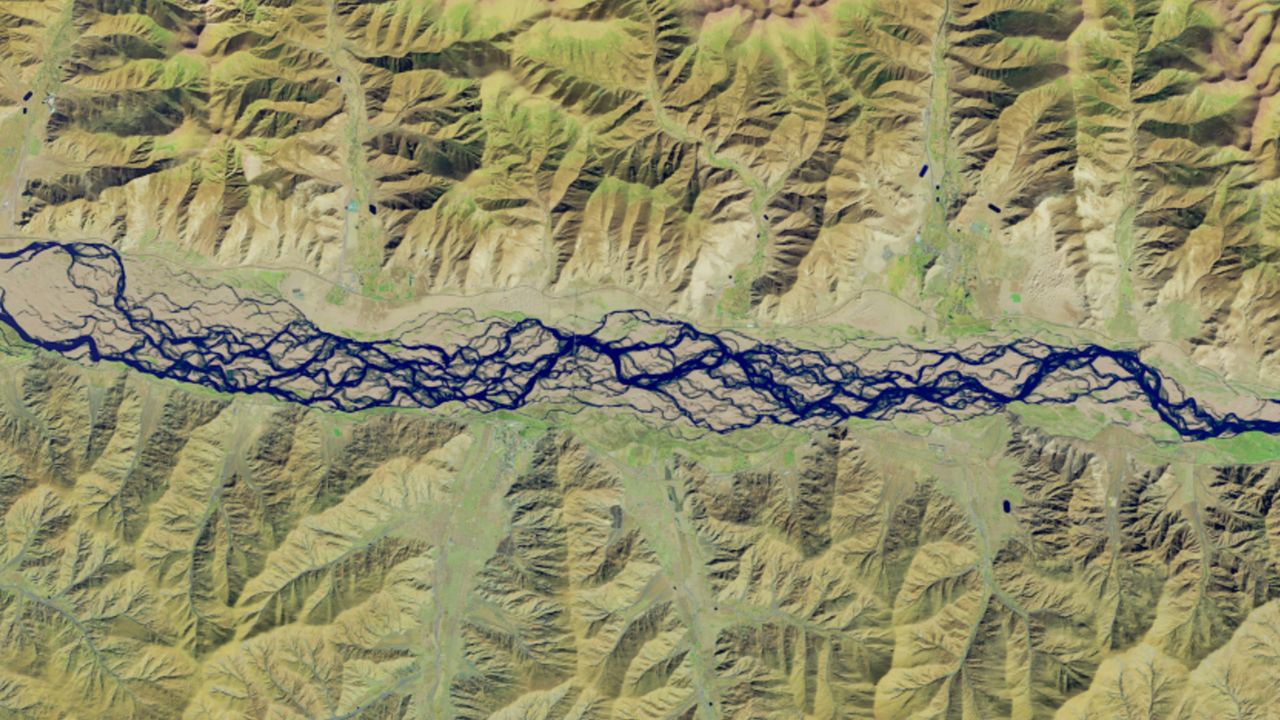What makes a quantum computer good?
NeutralScience

In the world of quantum computing, distinguishing which computer is superior can be quite complex, often involving terms like quantum advantage and fault-tolerance. Karmela Padavic-Callaghan breaks down these concepts to help us understand what truly makes a quantum computer stand out. This is important as advancements in quantum technology could revolutionize various fields, from cryptography to drug discovery, making it essential for both experts and enthusiasts to grasp these fundamental ideas.
— Curated by the World Pulse Now AI Editorial System





